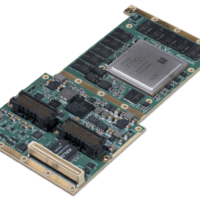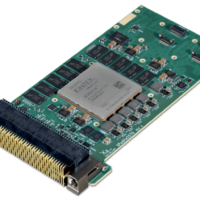Related Articles
- Suppliers & Products
- Insights
-
-
Articles by Domain
- Air
- Land
- Maritime
- Technology
-
-
Recent
- Antenna Systems Manufacturer Acquires Triad April 23, 2024
- U.S. Marine Corps Program Selects Loitering Munitions System April 23, 2024
- Distribution Agreement for Ukrainian Tactical Radios in U.S. April 22, 2024
-
-
- Events















